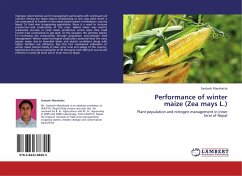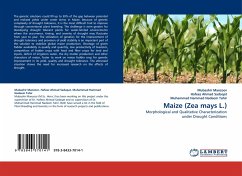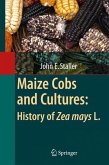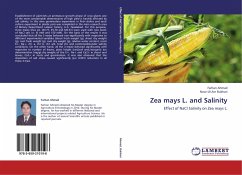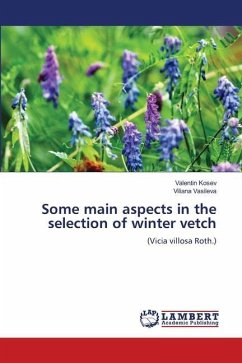Improper plant density and N management particularly with continued soil nutrient mining are major factors contributing to low crop yield which is not economical to farmers in the maize based system in Himalayan country Nepal. To feed ever burgeoning population, there is a need to increase production and productivity of the crop. Hybrid maize may lead to substantial increase in total maize production at the same time small farmers had constrained to get seed. At this situation the ultimate option for increasing the productivity through population and nitrogen level management. Winter maize has higher production potential than the rainy season maize due to favorable biotic and abiotic conditions along with higher fertilizer use efficiency. Due this factcommercial cultivation of winter maize started mainly in plain inner terai and valleys of the country. Maintaining the plant population of 66 thousand with 200 kg N was found effective in sandy silt loam soil of inner terai of Nepal.
Hinweis: Dieser Artikel kann nur an eine deutsche Lieferadresse ausgeliefert werden.
Hinweis: Dieser Artikel kann nur an eine deutsche Lieferadresse ausgeliefert werden.

